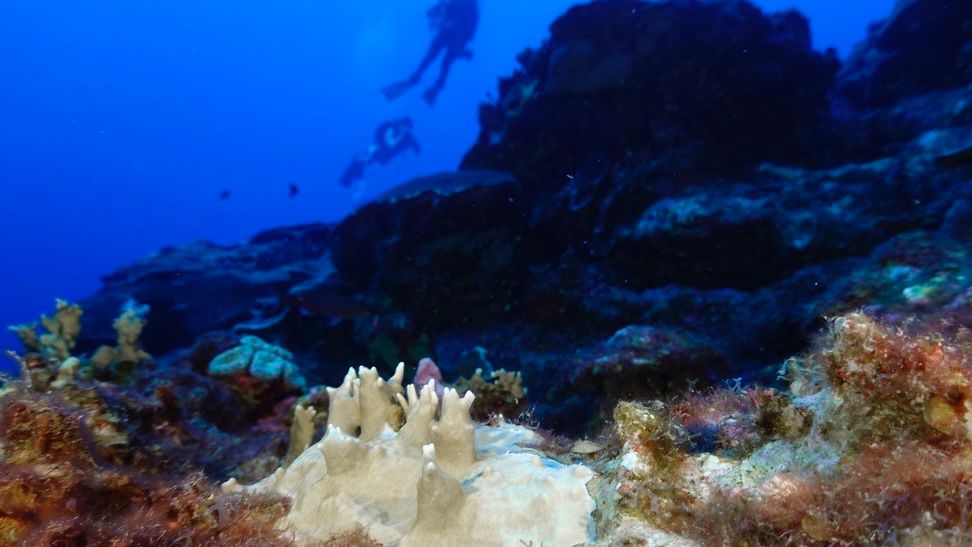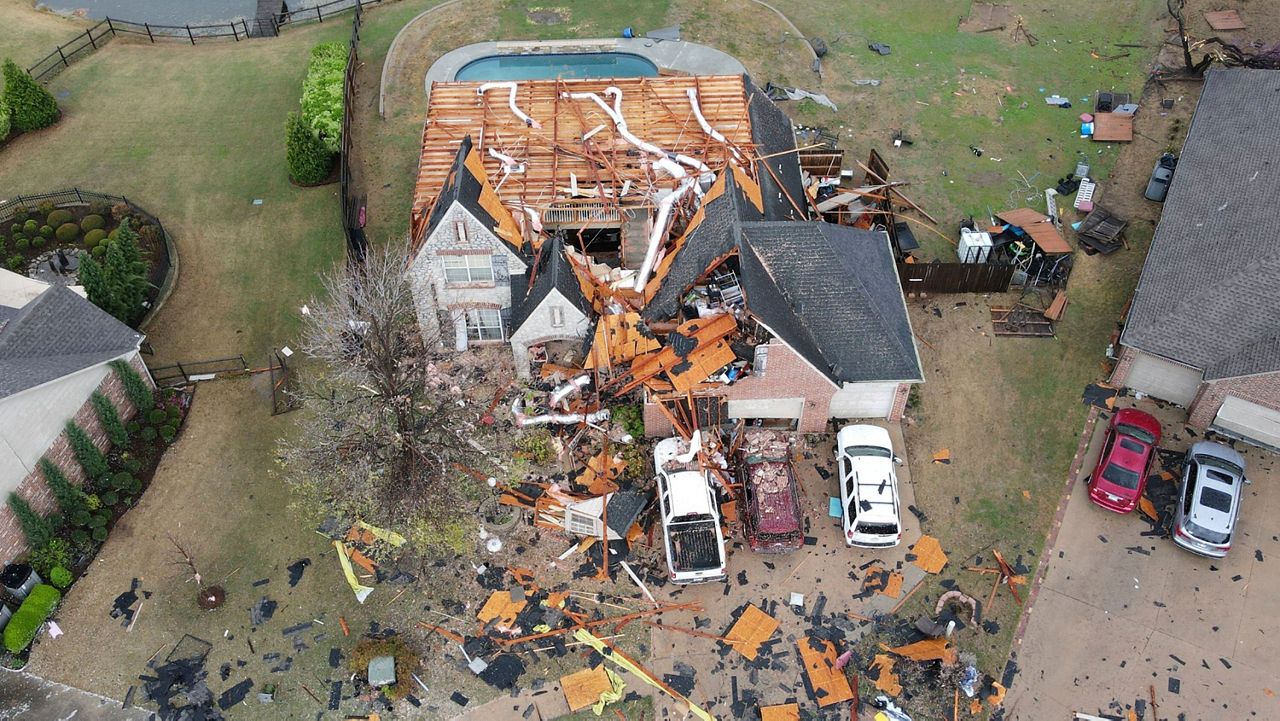Coral populations around the world are bleaching, according to a new Coral Reef Watch report from the National Oceanic and Atmospheric Administration.
It is the fourth time such an event has ever been recorded and the second global coral bleaching event to happen in the last 10 years, the agency said Wednesday.
“As the world’s oceans to continue to warm, coral bleaching is becoming more frequent and severe,” NOAA Coral Reef Watch Coordinator Derek Manzello said in a statement.
Increased ocean temperatures in the Atlantic, Pacific and Indian Oceans are contributing to the heat stress that leads to coral bleaching, the report said. Mass bleaching has been occurring since early 2023 in multiple areas, from the tropics in the Caribbean to Australia’s Great Barrier Reef to the Persian Gulf.
From February 2023 to April 2024, NOAA has documented “significant coral bleaching” in every major ocean basin in the Northern and Southern hemispheres.
NOAA researchers said widespread bleaching does not guarantee that corals will die. Corals often recover when stress factors dissipate. If corals do die, however, the reefs where they live rarely revive because the corals that continue to live there may have difficulty reproducing.
The researchers cautioned that bleaching events will become larger and more frequent as the ocean warms from climate change.
The report comes almost a year after scientists in Florida recorded an unprecedented temperature of 101.1 degrees in the Atlantic Ocean. NOAA scientists said the 2023 heat wave in Florida has helped them develop interventions to save corals, such as moving coral nurseries to cooler and deeper waters and using sunshades in some cases.









